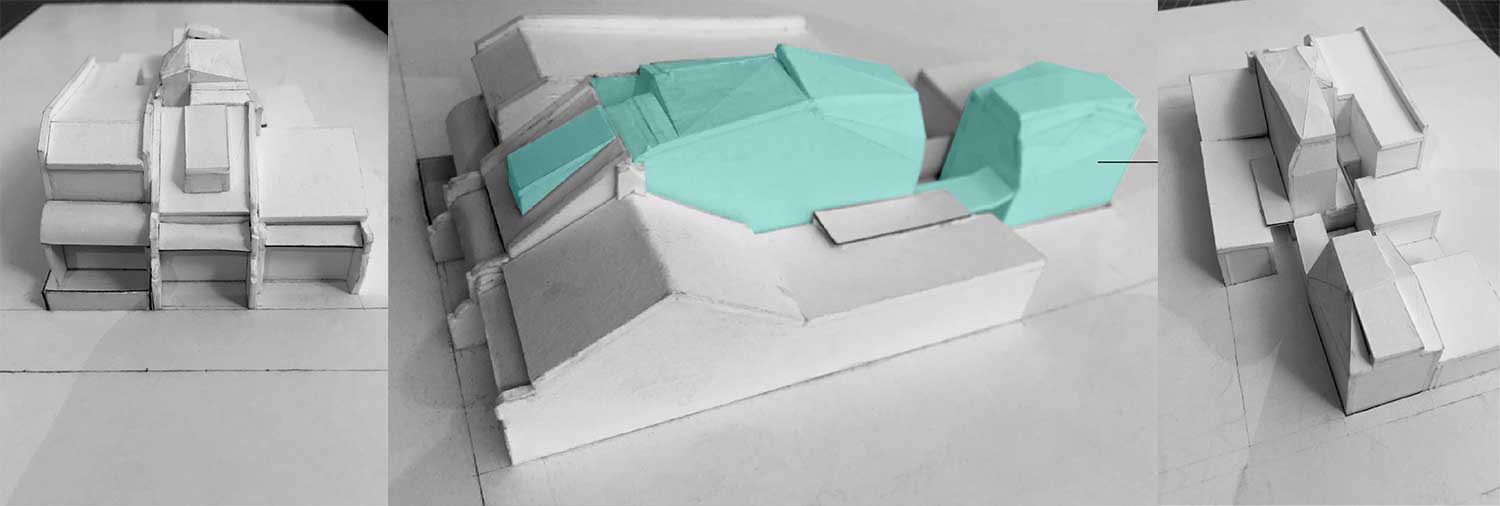Chop You Down at David Rex-Livingston, Katoomba.

Sketch design for Zetland House
CHOP YOU DOWN: New drawings and paintings by Mark Gerada
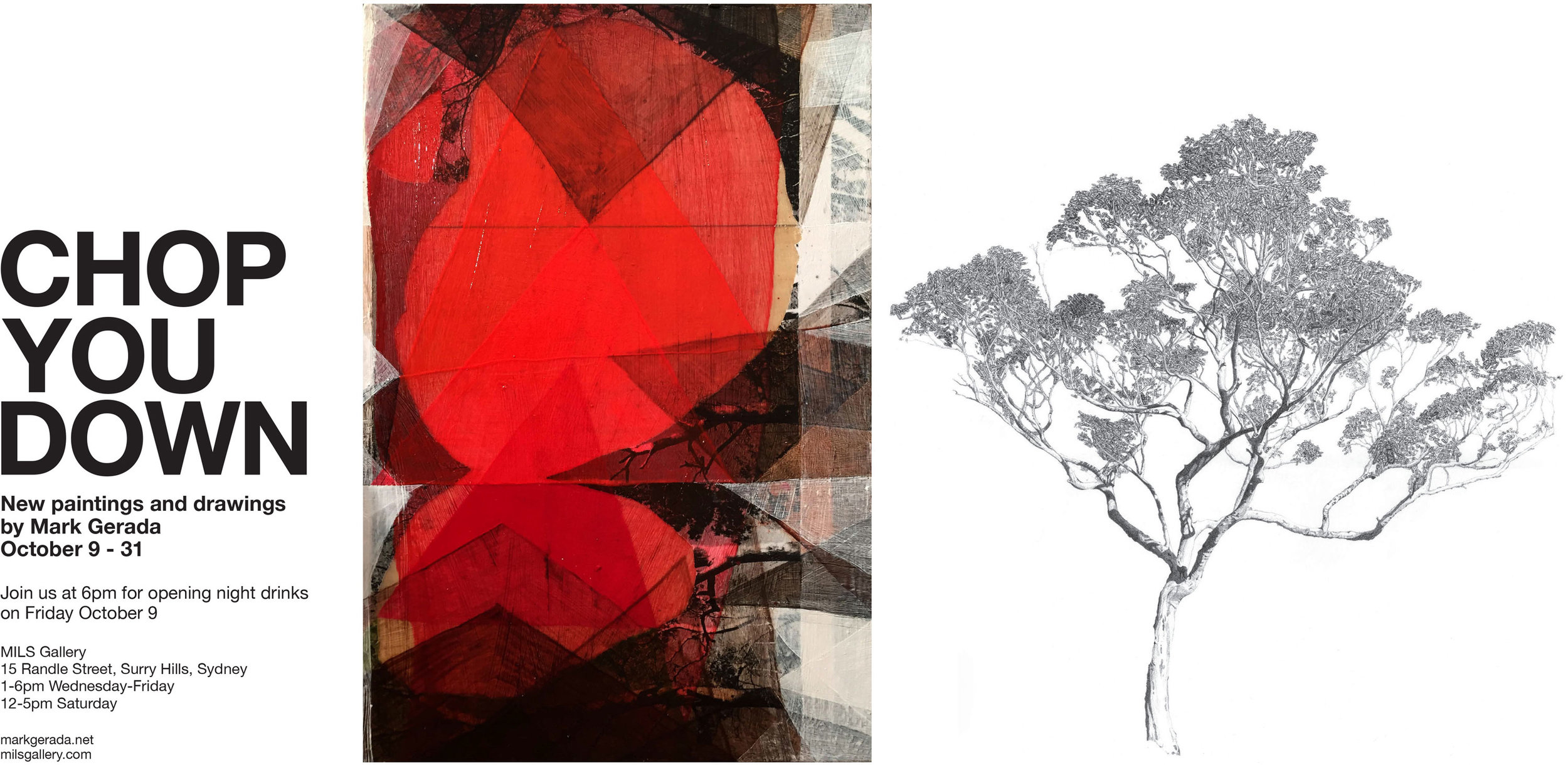 All are welcome to opening night drinks Friday October 9, 6-8pm
All are welcome to opening night drinks Friday October 9, 6-8pm
MILS Gallery
Exhibition October 9 - October 31
15 Randle Street, Surry Hills
Mark Gerada: Chop You Down
Mark Gerada's exhibition of new drawings and paintings is the convergence of two stories about shelter.
The first begins with the artist's own quest for a home. In 2011 he moved to a property in the town of Leura, upstream from the World Heritage-listed Blue Mountains National Park. He was looking for a place to build a nest for his family, and he was retreating from an unaffordable city unsupportive of his creative practice. Like increasing numbers of Sydney-based artists unable to secure housing and studio space, he looked for the silver lining in a difficult situation. Life in the mountains offered possibilities to live according to different values. These are values that can be found already woven into Gerada’s work, from Koala Land to City wilderness trail (collaboration with Tega Brain and Diego Bonetto). A life according to these values might make time to produce beautiful art and might make space for decolonising the way humans live with other species: it could keep creeks running (Govetts Creek runs through his property) and forests growing. While it had title boundaries, their nest was a habitat that provided shelter for many species.
In 2014, when a neighbour began felling the giant eucalypts behind their property, Gerada was devastated. He stayed in his studio, blocking out the noise of the bulldozers, chainsaws and falling trees. There was a brief silence followed by the sound of black cockatoos circling the bald spot of land, ‘crying’ with confusion and sorrow. Kookaburras raised their voices struggling to find yabbies in the now muddy creeks awash with erosion from the newly cleared block. Then Indian Minahs arrived, edge dwellers migrating up the train line and highway corridor looking for easy prey at the frontiers of suburban development.
Gerada was angry. He remembered his campaign as a teenager to save a giant palm tree from the chop in his family home. Influenced by the Franklin River protests, Gerada made a 'save the tree' placard and stood steadfast in the backyard. Then, the only person who really needed convincing was his father. And eventually, impressed at his son’s perseverance, he put his axe back in the shed, muttering under his breath about a useless tree that made a mess.
The situation in Leura is in some ways much more complex. In others, it is just as simple. While the work in Chop You Down features more vibrant colours and dynamic shapes than his adolescent activism, his visual response has always been intuitive and emotional.
The artworks in this show are the result. Hybrid mashups of trees and machines struggle for a shared future. Chainsaws and bulldozers grow from the limbs of towering gums, dwarfed by their beauty and almost undetectable in their complexity. Landscapes are characterised by ambiguous voids, scarred by human activity yet giving way to breath and light. While there are no human figures in the pieces, we are there in every one of these assemblages. We are the machines: chopping, destroying, clearing and forgetting.
The second story in this exhibition is also about eucalypts but is historical in its underpinnings. On a drawing trip to Lunawanna alonnah (Bruny Island, Tasmania) Gerada was mesmerised by the enormity of the Blue Gum trees with hollowed bases. He drew these tree spaces obsessively, imagining what and whom they had sheltered over time. People could only understand the value of such spaces when they respected the centuries of growth that produced them.
It is not difficult to imagine how, before colonisation, these hollows were used as cooking areas and social spaces by the Nuenonne people, part of the South East tribe of Tasmanian Aboriginals. French biologist Jacques Labillardière, in the late seventeen hundreds, included these trees in his observations that the Nuenonne were a peaceful people existing in a bountiful place with plentiful resources.
'We were filled with admiration at the sight of these ancient forests, in which the axe had never sounded' Labillardière 1792[1]
In this exhibition, Gerada creates a life size drawing of a Lunawanna alonnah tree hollow, reflecting on how the First Australians lived with other living things. He asks how considering this relationship more deeply might help Australians find and create value systems that waste less and shelter more; that one day we may face a tree without the impulse to Chop You Down.
Dr Alexandra Crosby
Koala Land Exhibition at Redlands Regional Gallery, Queensland
Mark's Koala Land exhibition at Redlands Regional Gallery has opened. Exhibited work includes design process, original illustrations and report layouts. This exhibition is held in conjunction with World Environment Day, Friday 5 June 2015, and closes on July 11. The exhibition is supported by Dreamworld Wildlife Foundation.
Koala Land by Mark Gerada is an exhibition that considers ways of creating a sustainable future for koalas and people on the Koala Coast in South East Queensland. A collection of conversations with people who have worked with koalas for decades — researchers, scientists, vets, carers, wildlife rescuers, zoo keepers and planners — Koala Land provides solutions for rebuilding koala populations, creating a picture of what we can start doing now to prevent the koala from becoming extinct. The question we need to ask is, 'How can humans and koalas live together?'
Portal to K-Town, Katoomba
Mark's Mighty Mountain light boxes were selected and curated by artists Claire Healy and Sean Cordeiro to be a part of the Modern Art Projects exhibition Portal to K-Town. The installation in the window is by Suzann Victor.

Beyond Malta: Works by Maltese Artists Living Abroad, Valletta, Malta
Mark created Chop you down and Everything is connected to everything for the Beyond Malta exhibition. The exhibition, in Auberger D'Italie, Valletta, is supported by the Ministry of Foreign Affairs and Heritage Malta. The installation in the background is by John Vella.
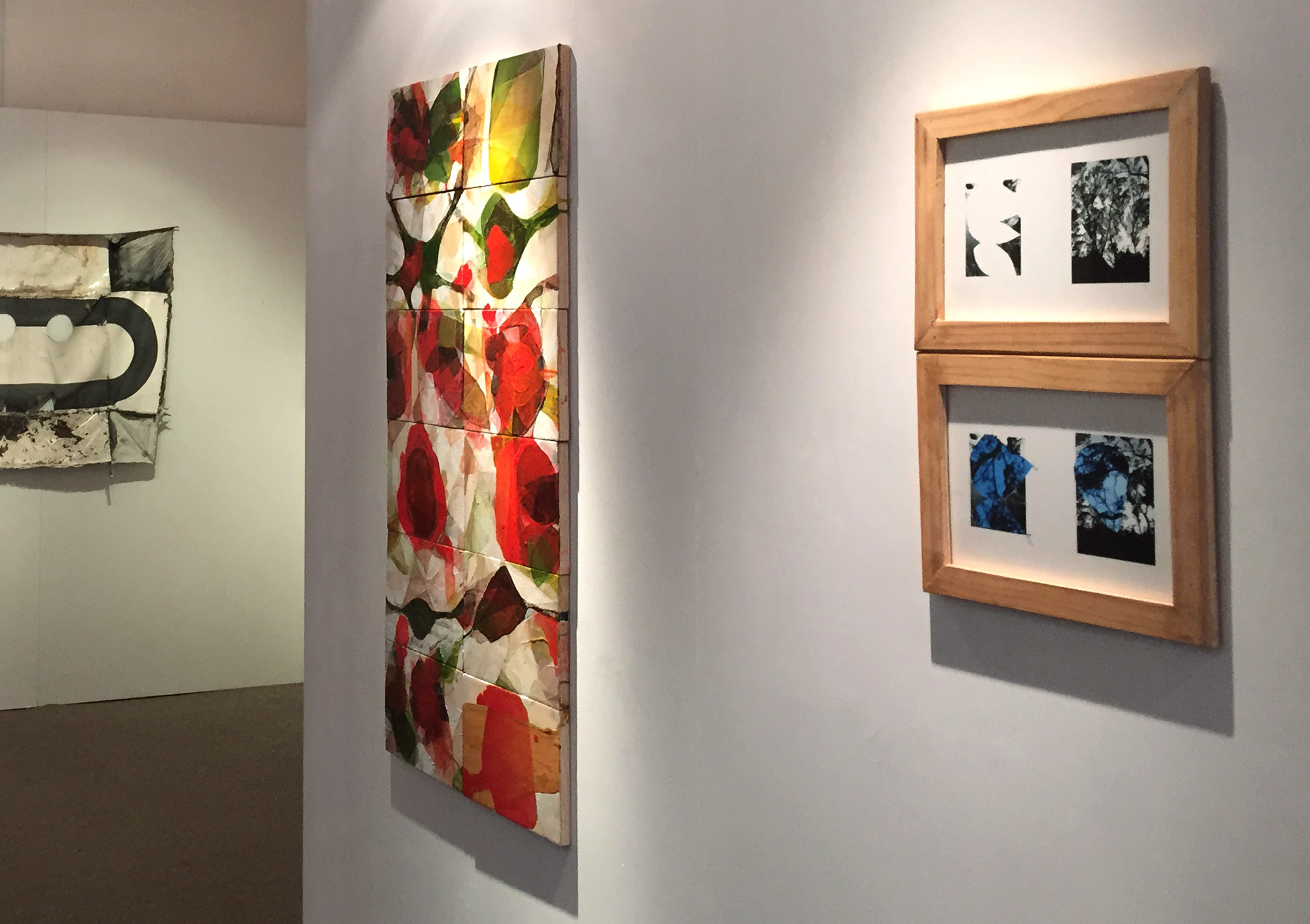
4th Convention for Maltese Living Abroad, Valletta, Malta
Mark was invited to speak at the 4th Convention for Maltese Living abroad, where he presented his paper Journeys in Identity: Social and Environmental Planning. Mark's paper was a part of a workshop titled Identity, Culture and Language Maintenance, and was moderated by Dr Carmen Sammut and Dr Stephen Gatt (pictured). The convention is supported by the Ministry of Foreign Affairs.

Dekton by Cosentino
Mark was commissioned by Holt Design to create 3 images for Dekton by Cosentino. Mark designed the architecture and placed the Dekton 'follies' into stock images to illustrate the material's ability to withstand heat, cold and dust.

Beasts of Alderley workshops and research, Brisbane
Mark has been working with Diego Bonetto and Tega Brain, running workshops and meeting scientists, as a part of their Suburban Wilderness Trail - The Beasts of Alderley project. This project has been commissioned by City of Brisbane.
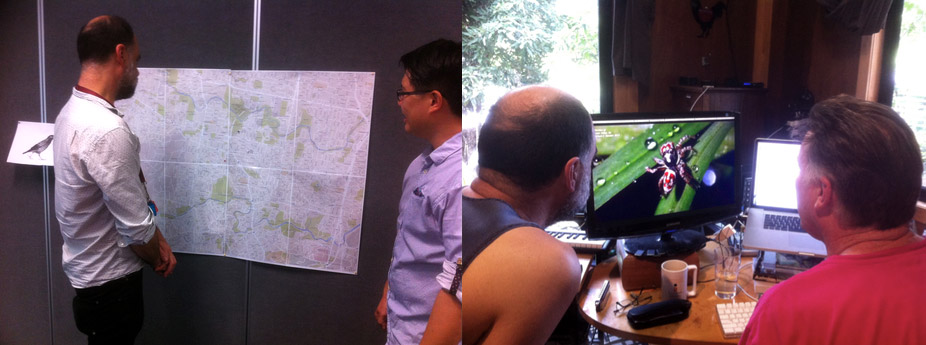
Gorman Commission
Koala Land report re-edit and redesign
Mark re-edited and re-designed the Koala Land report with Arielle Gamble. You can see the latest Koala Land report here.

Koala land Exhibition at Redlands Gallery confirmed
Lunawanna alonnah - Chippendale New World Art Prize finalist
"I escaped the city a few months ago and found paradise in Lunawanna alonnah (Bruny Island, Tasmania), where rolling hills meet the sea, broken only by the vertical strokes of blue gums. I sat making studies on a steep grassy hill overlooking a tranquil bay. As I drew, I could feel something from the past in the land. I was especially mesmerised by the enormity of the Blue Gum trees with hollowed bases that surrounded me, wondering if they might have been used for something. I later went on to discover that in 1792, a French biologist by the name of Jaques Labillardière, commented on these same large hollows at the base of standing trees. He noted that they were being used as cooking areas by the Nuenonne people, part of the south east tribe of Aboriginal Tasmanians, and that the Nuenonne occasionally used these hollows for shelter. Other early European explorers noted that the Nuenonne were a peaceful people existing in a bountiful place with plentiful resources, everything one would need.
Like many indigenous Australians, the Nuenonne lived in an earthly paradise where there was a balance between using resources and respecting nature. But sadly that ideal life came to an end when they were wiped out by bullets and disease. In 1876, with the death of Truganini, the last Nuenonne, an indigenous people had become extinct.
The act of making this life size pencil work on paper for the Chippendale New World Art Prize comes from a clear space for me - I simply want its power and beauty to be a memorial of an old way of living. I would like people to reflect on how the Nuenonne used to live in peace in nature and how this can inspire perceptions of possible new worlds. This tree hollow can stand as a symbol that sees a new world where people accept each other as they are, without causing harm to one another. To me, this would be utopia." - Mark Gerada
Brueggemann Commissions
Antenna Documentary Film Festival artwork
Mark designed the Sydney and Melbourne programmes for the 2013 Antenna Documentary casino pa natet Film Festival, as well as other collateral including posters, postcards, banners, advertisements and art walls.
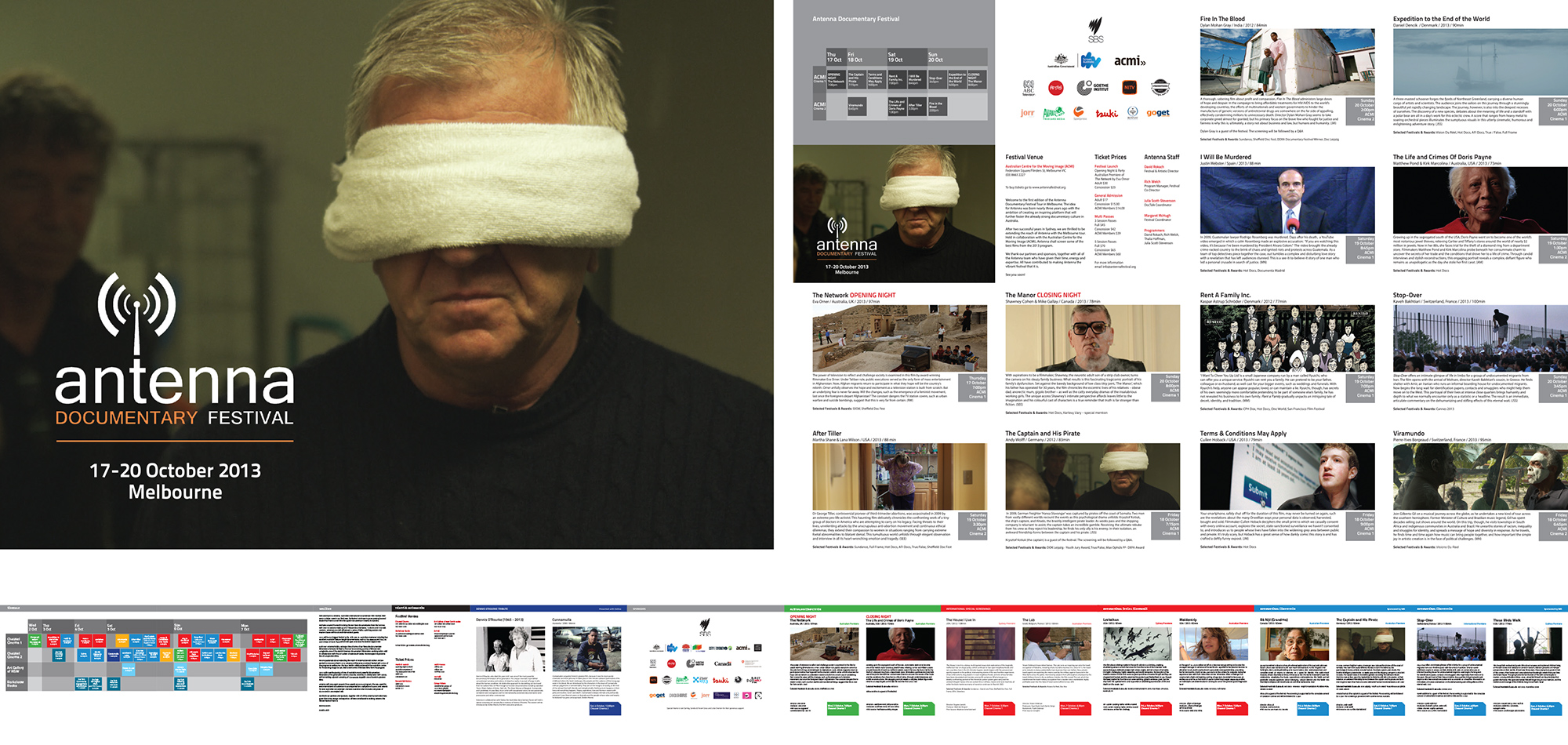
Artwork and illustration for Vietnamese weddings
casino online design" src="http://markgerada.net/wp-content/uploads/quynh-minh_news.jpg" width="855" />
Sideboard
Beginning End at Beams Festival
Mark's video piece Beginning End was selected for the 2013 Beams Festival in Chippendale, Sydney.
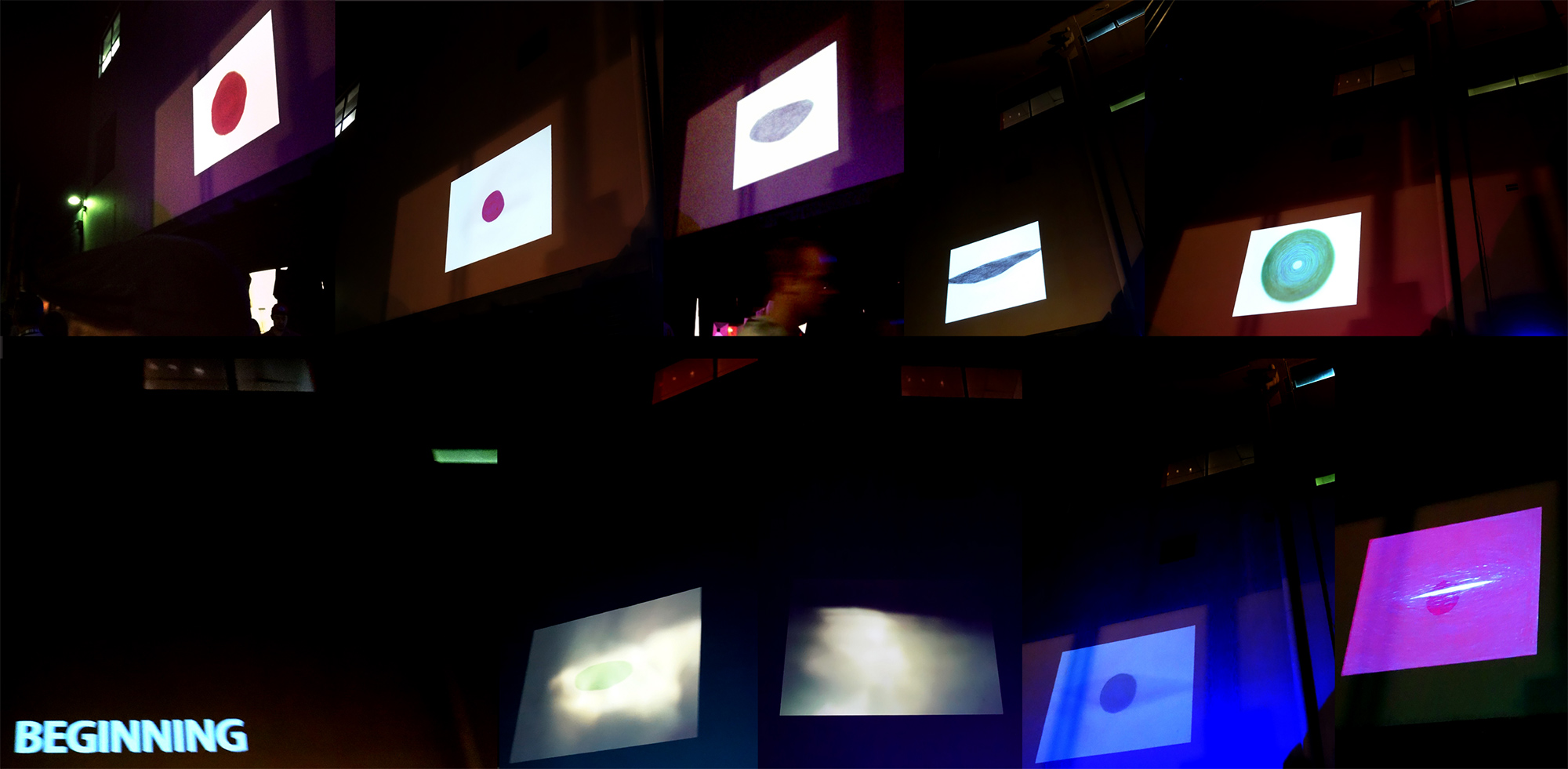
Fraser Suites Sydney
Fraser Suites Sydney purchased paintings by Mark Gerada for their new conference area, adding to their collection of Mark's paintings. Click image to see large.
Koala Land Exhibition at UTS DABLAB
Koala Land Exhibition at UTS DABLAB from August 21 - September 13, 2013. See how innovative visual communication design can influence government, industry the general public by raising awareness around the issues of the detrimental influx of humans to the natural koala habitat of the Queensland Koala Coast.
Click image to see large.

